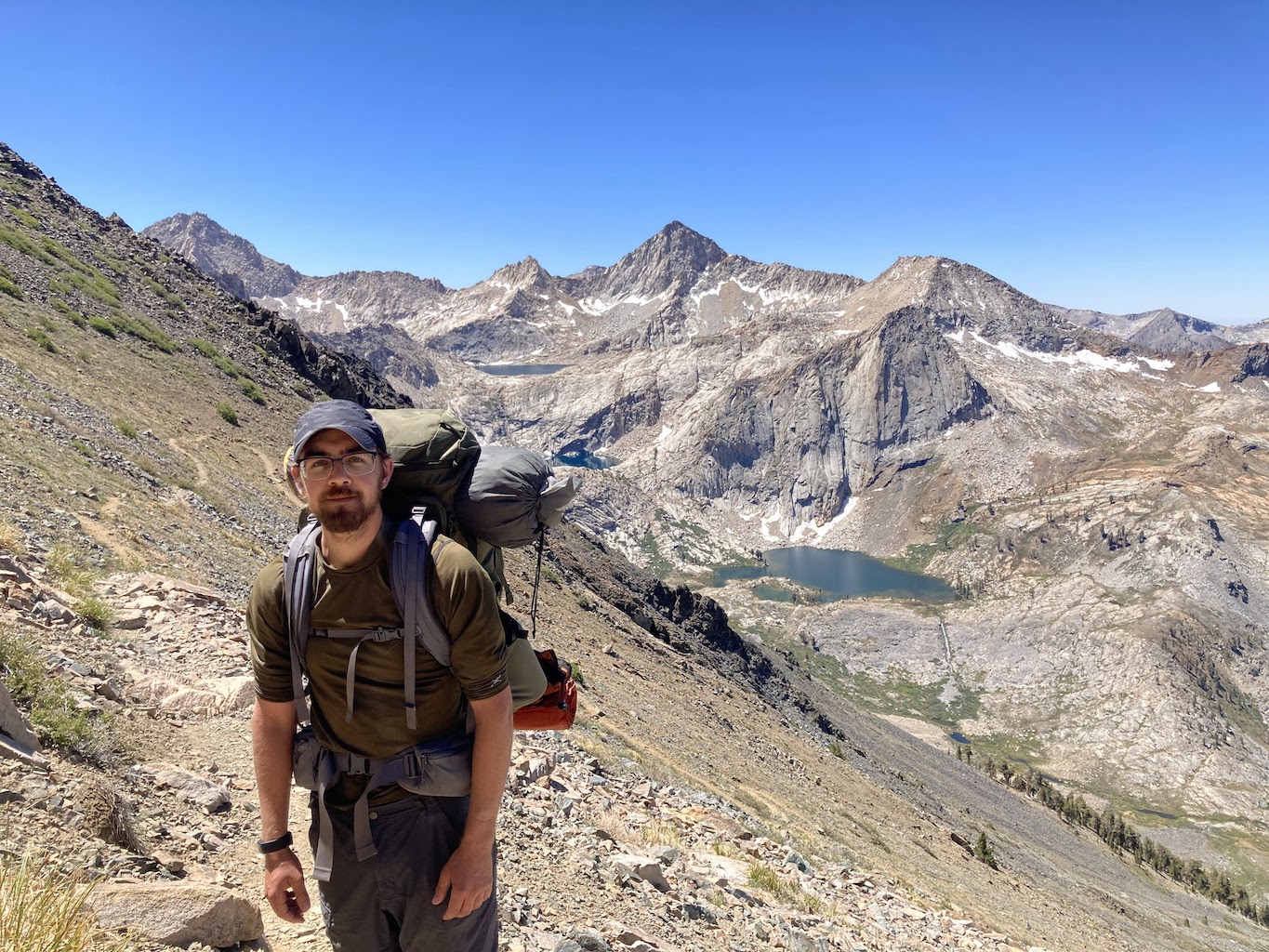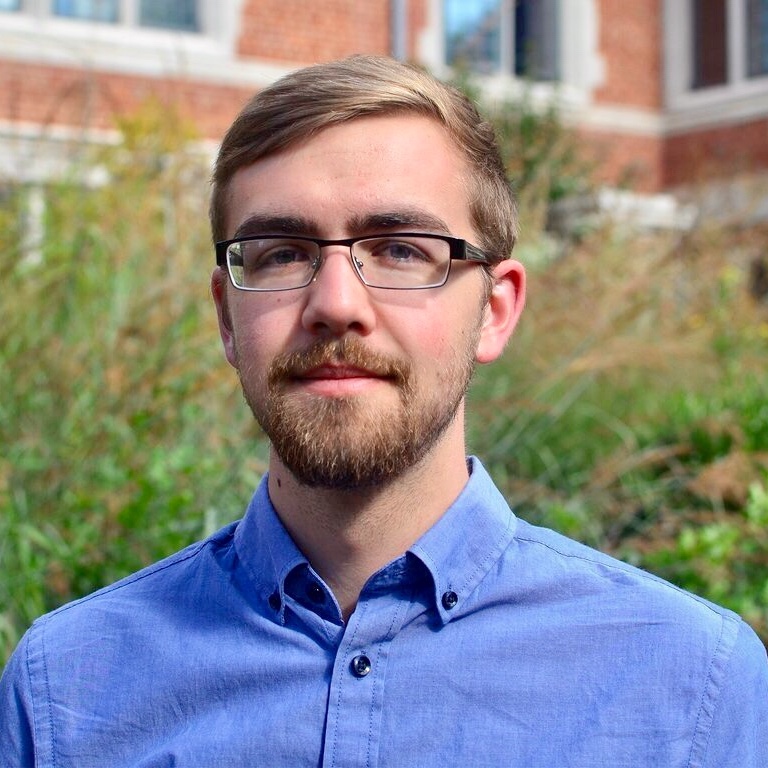About me
I am a Technical Staff Scientist at MIT Lincoln Laboratory working on superconducting devices. I joined MITLL in August 2024 after completing my PhD in Physics at Stanford University in the group of Kam Moler. At Stanford I built software tools to model screening and vortex dynamics in thin film superconductors. I also studied gate-tunable superconductor-semiconductor hybrid devices at mK temperatures using scanning SQUID microscopy. From 2019-2021, I was an early employee at Quantum Circuits, Inc. (QCI), where I worked on calibration, characterization, and numerical modeling of superconducting qubits and cavities.
My research interests lie at the intersection of mesoscopic physics, quantum materials, and quantum technology: using superconducting circuits to probe fundamental properties of materials and understanding aspects of materials physics that limit superconducting circuit performance.

Backpacking in Sequoia National Park, July 2022.
